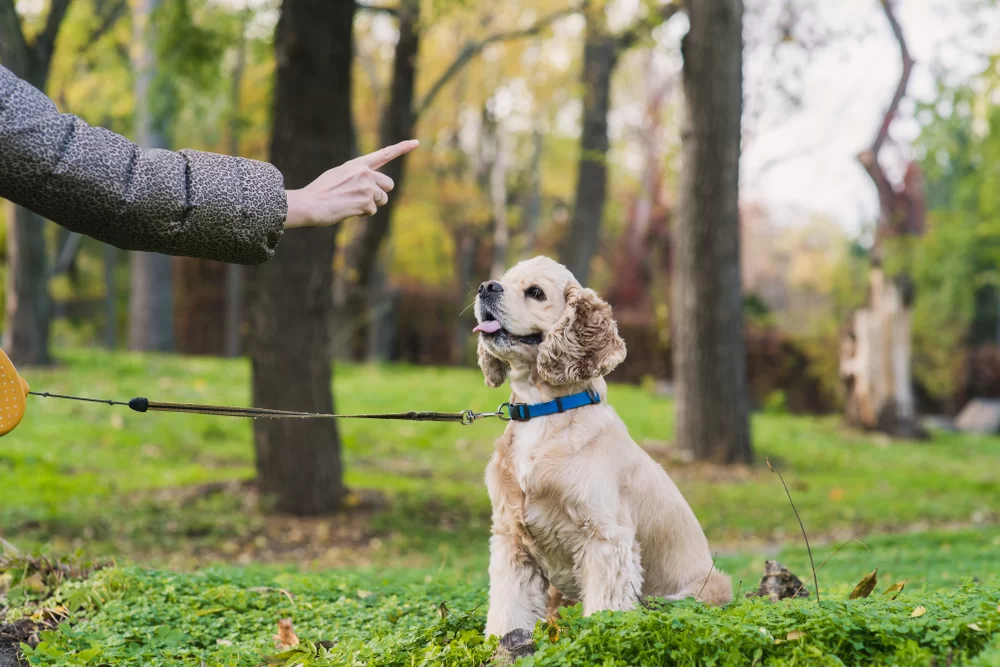Training Your Dog to Stay in the Yard: A Simple Guide
As a dog owner, one of the most important things I’ve had to teach my dog is how to respect the boundaries of my yard. Whether you have a large backyard or a smaller one, keeping your dog safely within the yard can be a challenge. If you’ve ever found yourself chasing your pup down the street or worrying about them running off, then you know just how frustrating it can be. Over time, I’ve learned effective methods to train my dog to stay in the yard, and I’m excited to share these with you!
Step 1: Understanding the Importance of Boundaries
Before starting any training, it’s important to understand why setting boundaries is essential for your dog’s safety and well-being. Dogs are naturally curious, and if they’re not trained to stay in the yard, they might wander off, encounter dangers, or even get lost. Teaching your dog to stay in the yard also helps prevent them from bothering neighbors or running into traffic. I’ve found that my dog feels more secure when she knows where she’s allowed to roam, and I can relax knowing she’s safe.
Step 2: Start with Basic Commands
One of the first things I did when training my dog was teach her basic commands such as “sit,” “stay,” and “come.” These foundational commands are the building blocks for any more advanced training. Start by practicing inside the house, in a distraction-free environment, before moving to the yard. Once your dog is comfortable with the commands, you can begin practicing outside.
Consistency is key here. I recommend practicing these commands at least once or twice a day for 10-15 minutes each time. My dog quickly caught on, and I could see how much she enjoyed the challenge and mental stimulation. Remember to reward your dog with treats and praise every time they successfully follow a command. Positive reinforcement is essential!
Step 3: Establish Clear Boundaries
To help your dog understand where the boundaries of the yard are, you need to make it clear where they can and cannot go. I initially used physical markers like fencing, which made it easier for my dog to understand where she was allowed to roam. If your yard isn’t fully enclosed, consider using a leash to help guide your dog during training sessions.
While some dogs respond well to visual boundaries, others need additional guidance. One method I used was the "line of no crossing" approach, where I would set a visible line (such as a rope or string) on the ground and encourage my dog to stay within it. Every time she crossed the line, I would call her back and reward her once she returned within the boundary.
Step 4: Gradual Training Outside the Yard
Once my dog had mastered staying inside the yard with basic commands, I decided to gradually increase the challenge. I started allowing her to spend more time in the yard without a leash, but always under supervision. I made sure to continue using the commands to reinforce the behavior, ensuring she stayed within the yard.
It’s important to gradually increase your dog’s freedom so they don’t feel overwhelmed. I started with just 10-15 minutes at a time, slowly increasing the duration. During this phase, I made sure to keep a close eye on my dog, ready to intervene if she attempted to cross the boundary. With consistent practice and rewards, she began to stay within the yard without needing constant supervision.
Step 5: Use a Long Leash for Extra Security
During the training process, I found that using a long leash was helpful. A long leash, about 15-20 feet in length, allows your dog to move around freely within the yard while still giving you the ability to intervene if needed. It was particularly useful during the initial stages when my dog was learning the boundaries, as it gave her a sense of freedom while keeping her under control.
Step 6: Stay Consistent and Patient
One of the most important things I learned when training my dog was the need for consistency. Dogs don’t always learn a new behavior right away, and sometimes they may test the limits to see if they can get away with crossing the boundary. This is completely normal, but it’s crucial to stay patient and consistent with your commands. Every time my dog successfully stayed within the yard, I made sure to reward her, reinforcing the behavior I wanted to see.
Step 7: Be Prepared for Setbacks
Training your dog to stay in the yard can be a bit of a rollercoaster ride, and setbacks are normal. There may be times when your dog escapes the yard or doesn’t listen to commands. When this happens, I recommend staying calm and revisiting the training steps. If needed, consider working with a professional trainer to address any specific issues. It’s important to remember that progress might not always be linear, but persistence will pay off.
For me, the process took a few weeks, but over time, my dog began to respect the boundaries I set. There were times when she would test the limits, but with consistent training, she learned where she could and couldn’t go. Now, I can confidently let her roam freely within the yard, knowing she’s safe and secure.












